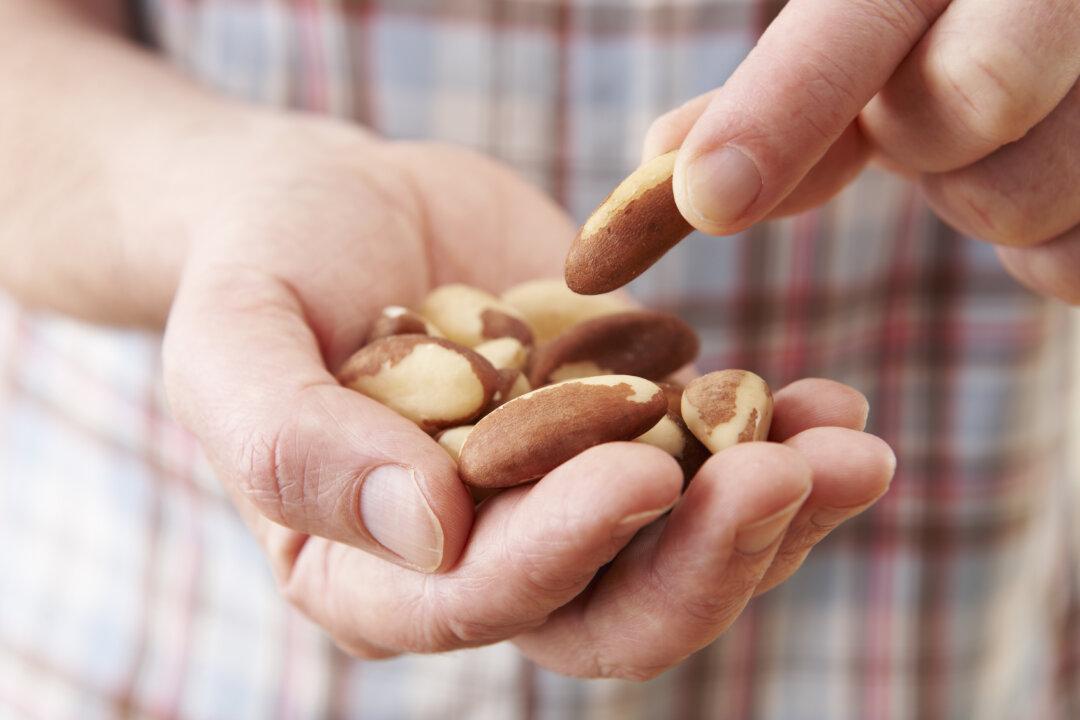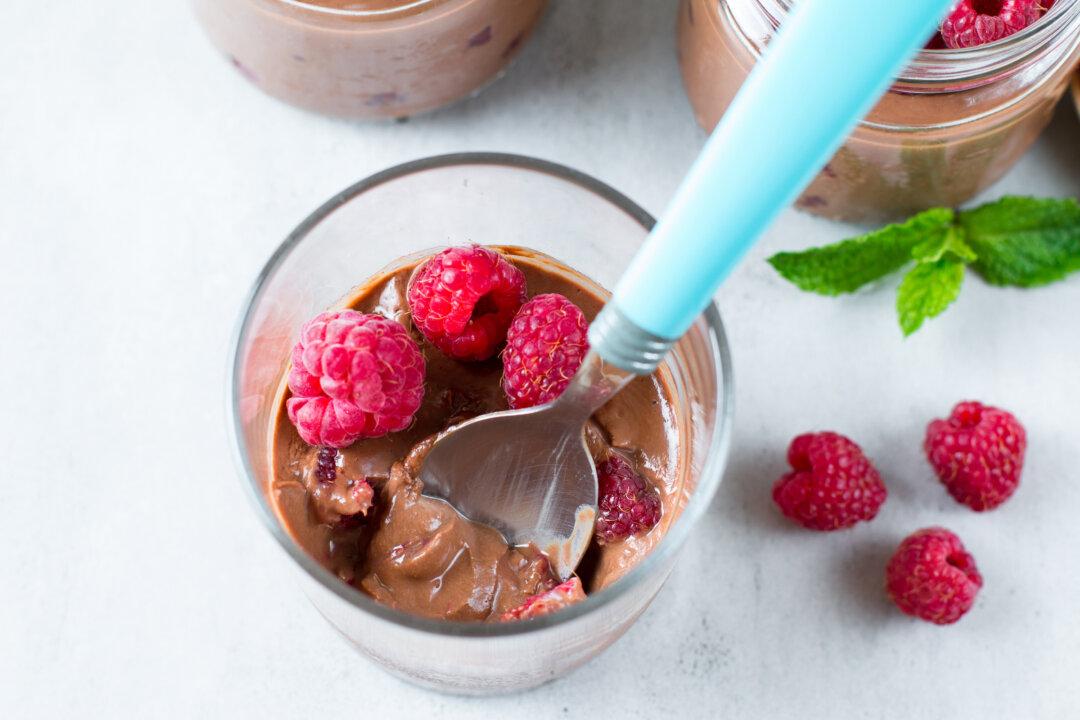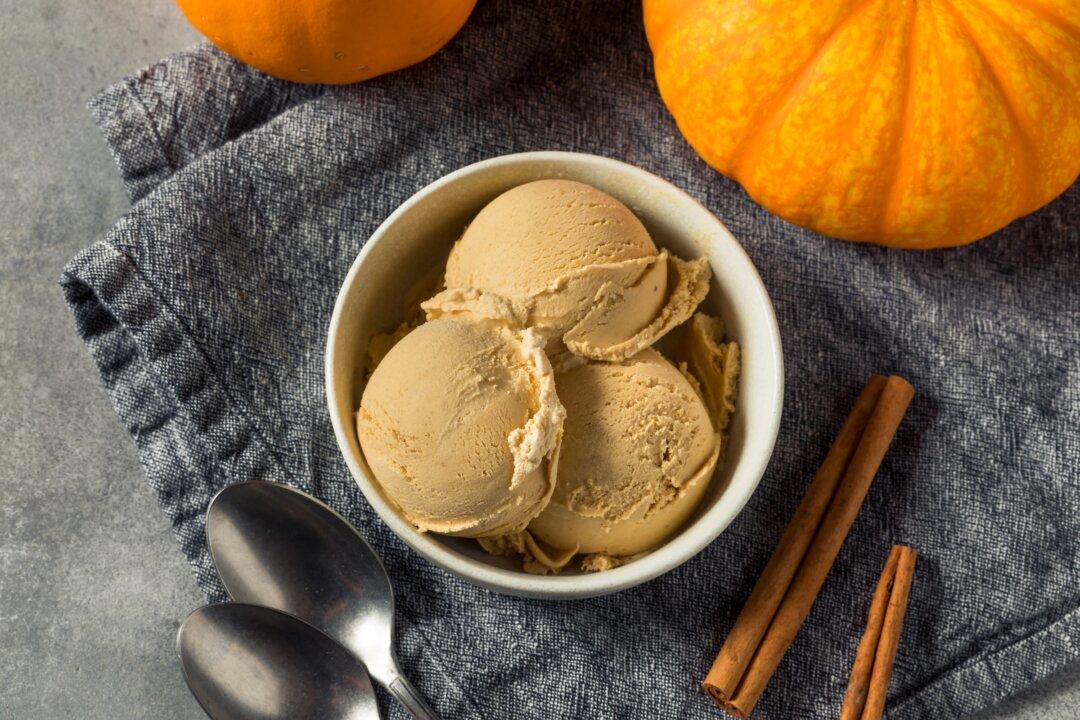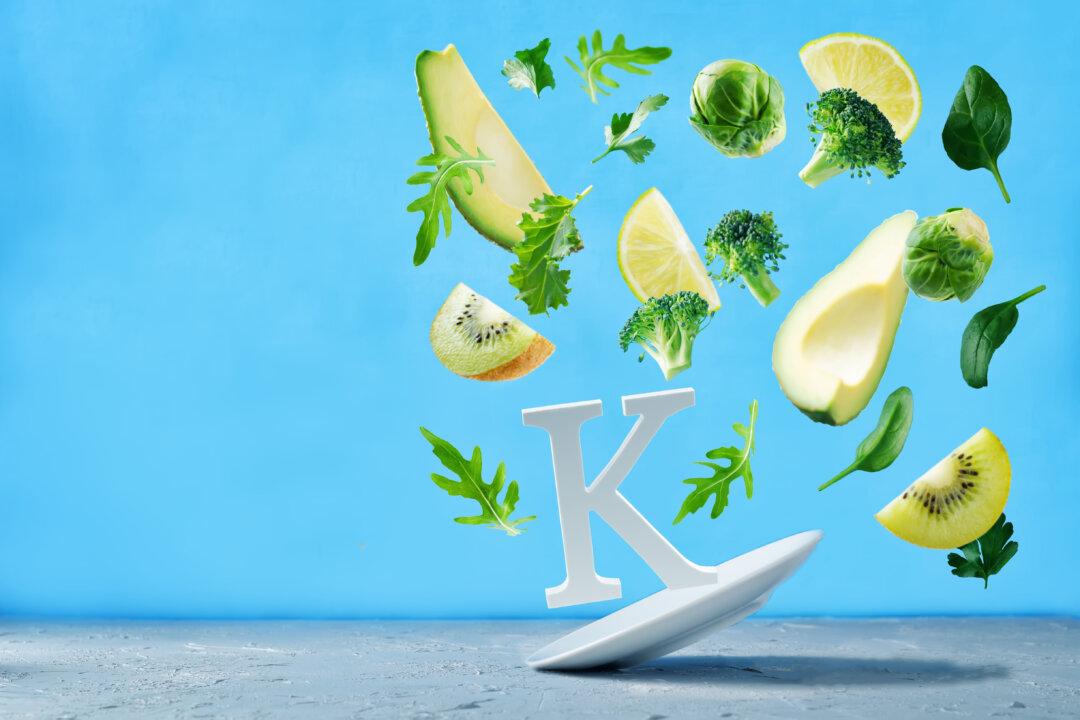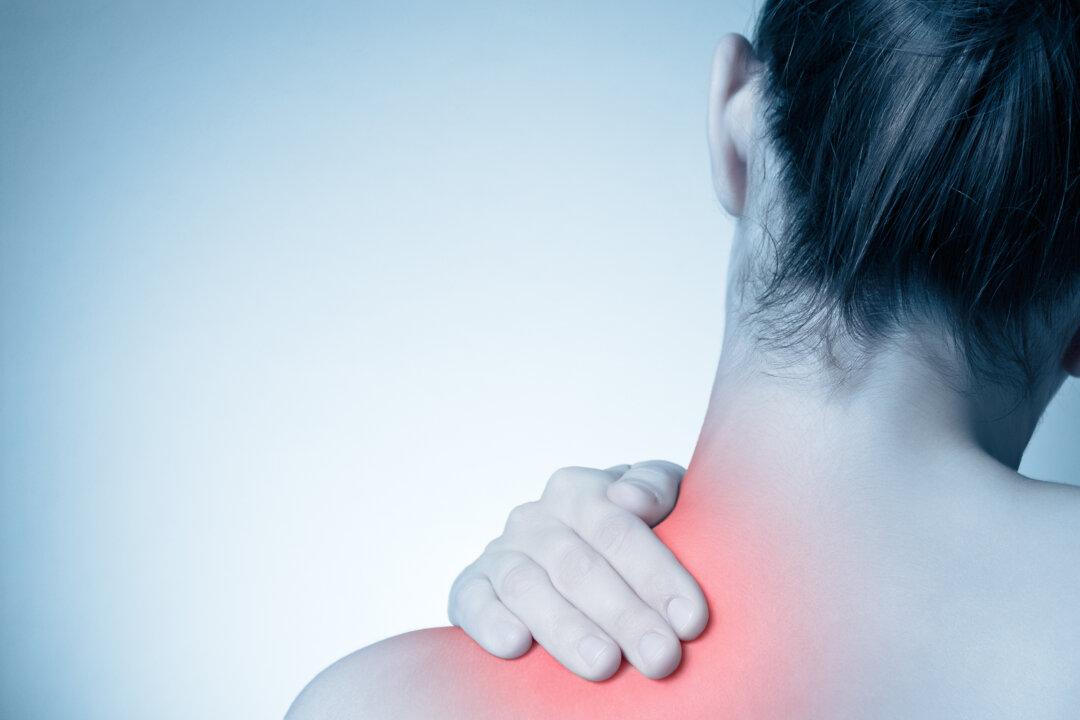About 60 percent of women and 40 percent of men over 50 have low bone mass, and those numbers increase with age. The National Osteoporosis Foundation estimates that 50% of women and 25% of men over 50 will have an osteoporosis-related fracture during their lifetime.
Bone is constantly being broken down (by cells called osteoclasts) and rebuilt (by cells called osteoblasts). In osteoporosis, there is an imbalance between bone formation and bone resorption, leading to a decrease in bone mass and consequently an increase in fracture risk. The best protection against osteoporosis is a combination of exercise and excellent nutrition. These factors tip the balance toward bone building.

